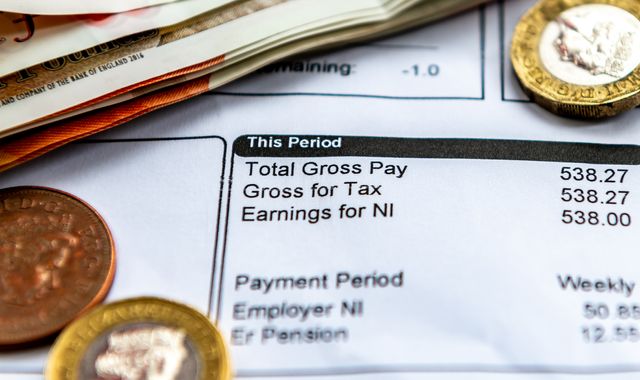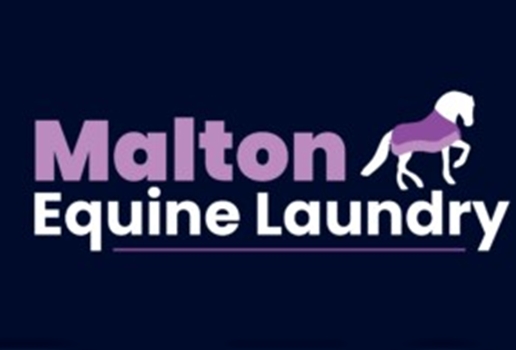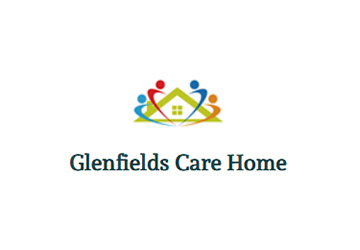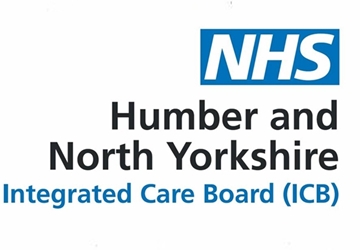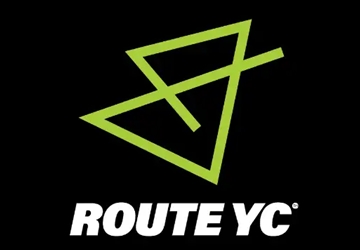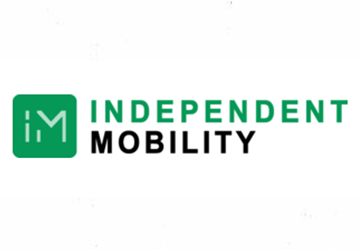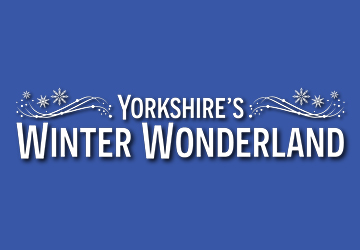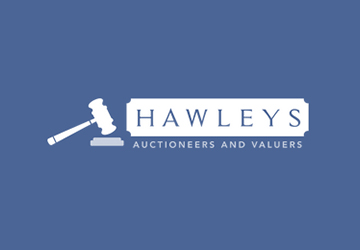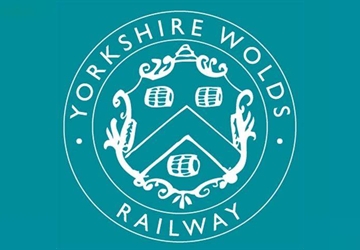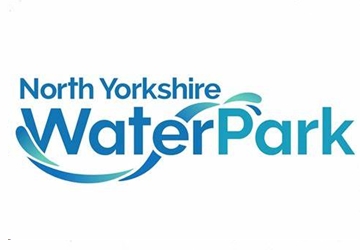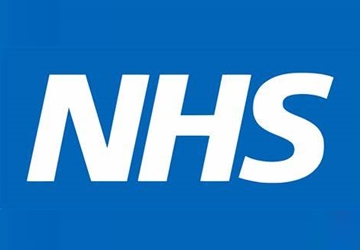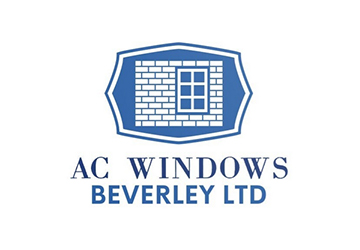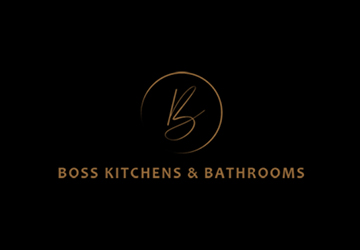The amount people pay is dependent on how much they earn, with different tax bands kicking in at different income levels.
Read more: Chancellor to announce tax rises in budget
In the past, these thresholds have been increased in line with inflation. But more recently they have been frozen, leaving people paying more to the exchequer even if actual tax rates stay the same.
The Conservative government began the thresholds freeze in 2021. At last year’s budget, Rachel Reeves said the Labour government would extend the freeze though not beyond 2028, as to do so would “hurt working people”.
Sky News looks at what the thresholds are, the implications of freezing them, and how that causes “fiscal drag”.
Income tax thresholds
England, Northern Ireland and Wales all have the same income tax rates, set by the British government.
Scotland’s income tax bands are set by the Scottish government, so Westminster budget announcements on income tax do not affect workers in Scotland.
For England, Northern Ireland and Wales, there is a “personal allowance” of £12,570, under which no income tax is paid.
For those earning above £100,000, the personal allowance goes down by £1 for every £2 of income, and can go down to zero, so a person can end up paying income tax on all of their income.
What does freezing thresholds do?
Thresholds were previously increased annually by consumer price index (CPI) inflation – the estimate of the level of prices of goods and services bought by households.
But, because income tax thresholds have been frozen while wages continue to rise, more people are being brought into higher bands and having to pay more income tax.
A worker whose earnings just keep up with inflation is paying a larger proportion of their salary in tax due to the freeze.
This means more money for the government – a lot more.
The Office for Budget Responsibility (OBR) estimates a continuing freeze in thresholds would raise about £42.9bn annually by the 2027/28 tax year.
And the Institute for Fiscal Studies (IFS) has projected that freezes to the basic and higher rates of income tax alone would raise £39bn a year by 2029-30.
That is roughly similar to the amount of revenue that would be raised by increasing all income tax rates by 3.5 percentage points.
Fiscal drag
Freezing income tax thresholds without tax rates increasing has been branded a “stealth tax”, as the government collects more revenue without having to pass a law to raise tax rates.
It is also known as fiscal drag, as more people are pulled into paying tax, or into paying tax at a higher rate.
The OBR estimates the freeze will bring nearly four million more people into paying income tax, three million more people into the higher rate (40%) and 400,000 more into the additional rate (45%) by 2028-29.
